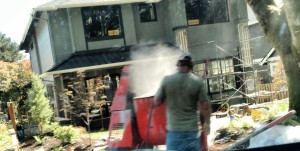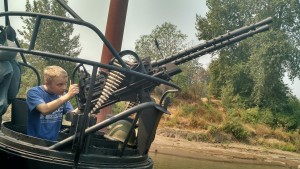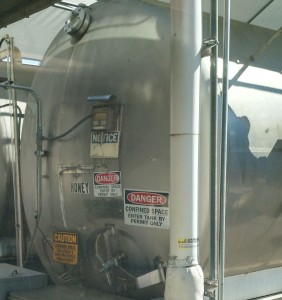Sun 27 Sep 2015
Mixing bags of cement – overexposure?
Posted by admin under Admin Controls, Air Monitoring, Concrete, Drywall, Dust, Engineering Controls, Exposure, HEPA, N95, Paper Dust Masks, Personal Protective Equip (PPE), Respirators, ventilation
Comments Off on Mixing bags of cement – overexposure?
Question: During mixing of portland cement bags of material (or similar types), am I overexposed?
Maybe, likely. But, probably not to silica. Most manmade, off the shelf products do not contain free-silica, or respirable fraction of the dangerous parts of silica. However, there is overexposure to respirable and total dust. But, be forewarned, if the product has rocks in the material, these may contain silica and if you cut the cured product- you can release respirable silica.
So, best practice is to:
- Use a product without silica (look for the warning on the SDS/MSDS, or bag)
- Eliminate any visible dust by water control methods (misting) or use local exhaust ventilation
- Don’t be dumb; stay upwind. Or, at least do the mixing away from others
- Wear a respirator
- N95, aka paper dust maks is ok** (but, I’ve got a strong opinion of these)
- 1/2 face tight fitting respirator with P100 (HEPA) filter is best
**You really do not know which respirator to wear unless you have performed airborne exposure monitoring**


